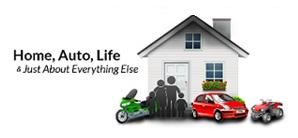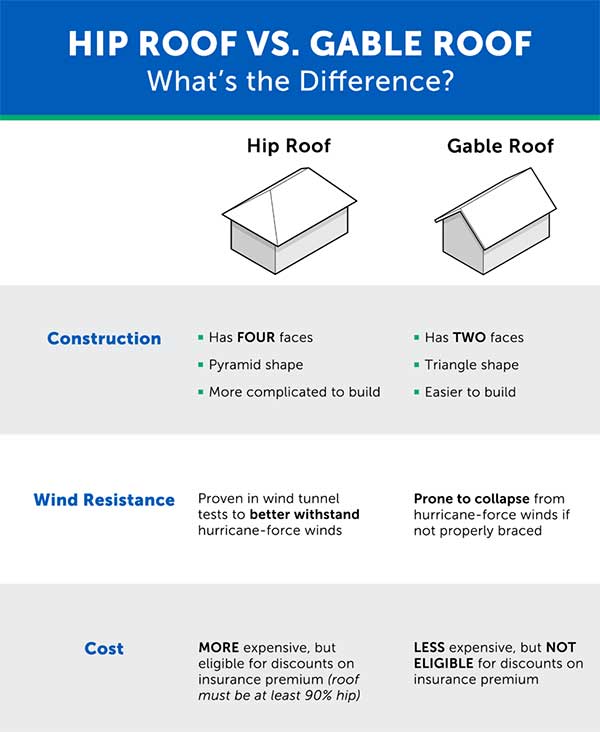The perfect storm that has been brewing in Florida’s property insurance marketplace has finally made landfall—and it’s wreaking havoc on homeowners insurance rates.
The three leading causes of premium spikes include Assignment of Benefits fraud, Hurricane Irma, and reinsurance claims. Let’s look at the impact of these three factors to answer the question: why is Florida homeowners insurance going up?
Cause No. 1: Assignment of Benefits Fraud
What is an AOB?
An Assignment of Benefits (AOB) is an agreement that transfers a homeowner’s insurance claims rights to a third party. Signing an AOB form gives someone else the power to file claims, make repair decisions, and collect insurance payments on the homeowner’s behalf.
For example, if a home is damaged, a homeowner calls a repair contractor, like a roofer or plumber. The contractor then gets the homeowner to sign an AOB. That contractor is now free to file a claim on the homeowner’s behalf and directly collect a check from the insurance company.
Entering into an AOB agreement seems like a tempting offer since most homeowners prefer not to be involved in the claims process. However, handing over insurance claims rights to a contractor is hardly ever a good idea.
How AOB Scams Work
Many things can go wrong when a contractor works directly with an insurance company. Without the homeowner’s oversight, they can easily overestimate the value of their work to pocket more money. When an insurance company recognizes an amount has been inflated and refuses to pay the padded bill, the contractor may hire a lawyer and sue the insurance company. And without realizing it, the homeowner becomes embroiled in a messy, pricy lawsuit.
How does AOB fraud impact homeowners insurance ?
Both insurance companies and homeowners pay a steep price for AOB abuse. Insurance companies are forced to either pay inflated repair bills or sue contractors and pay for the cost of defense, whether they fight, or settle, that lawsuit. As a result, many carriers must petition for higher rates or stop issuing policies in Florida. Homeowners, on the other hand, get stuck with costly and substandard repairs, hefty lawyer’s fees, and, consequently, higher insurance premiums.
Every Florida homeowner with an insurance policy—even those who play by the rules—ends up paying the price for AOB abuse. That’s why it is crucial homeowners be able to spot home repair insurance scams.
Cause No.2: Hurricane Irma
The storm’s statewide devastation
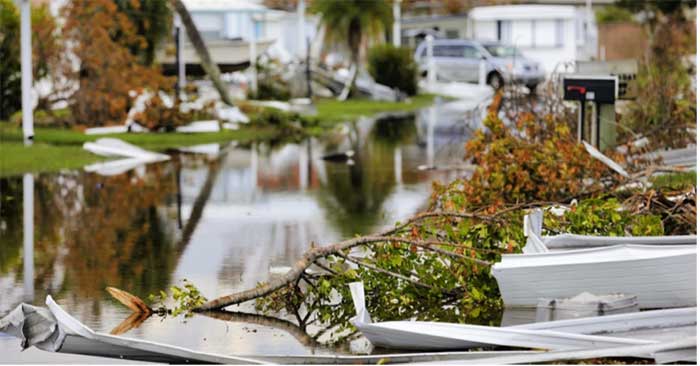
Hurricane Irma struck Florida twice on September 10, 2017, first as a Category 4 at Cudjoe Key and then again as a Category 3 on Marco Island. The storm unleashed 130 mph winds, spawned 23 tornadoes, and produced heavy rain across the state. By the time Irma crossed the border into Georgia as a tropical storm on September 11, it had caused close to $50 billion in damages, making it the costliest hurricane in Florida’s history.
Irma’s impact on the insurance market
While Hurricane Irma hit Florida in 2017, insurance companies saw claims from the storm steadily increase through 2019—two years after the storm’s initial impact. That’s because a statewide law gives Florida homeowners up to three years from the date a hurricane makes landfall to report a hurricane claim.
Irma’s cost to homeowners today
The high number of re-opened claims over three years, combined with AOBs, led to claims inflation and steady loss creep, which factored into this year’s reinsurance renewals. As a result, Florida homeowners faced significant insurance rate hikes in 2020.
According to Reinsurance News’ directory of major insurance and reinsurance loss events, Hurricane Irma resulted in an overall economic loss of $67 billion, including a reinsurance industry loss of $32 billion. But what is reinsurance, and how does it factor into homeowners insurance cost?
Cause No. 3: Reinsurance Claims
What is reinsurance?
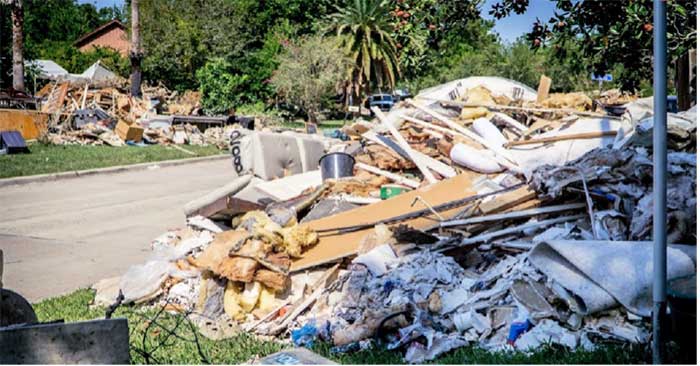
Dubbed “insurance for insurance companies” by the Reinsurance Association of America, reinsurance is a form of insurance purchased by carriers to lower their risk.
The goal is to make sure no single insurance company is exposed to a significantly massive disaster—like a hurricane.
Because in the insurance business, it’s a matter of when (not if) disaster strikes. Reinsurance limits the amount of loss an insurance company can potentially suffer, which protects them from financial ruin and policyholders from uncovered losses.
Why reinsurance matters to policyholders
Reinsurance protects carriers from bearing the entire financial toll of a catastrophic event, like Hurricane Irma. And by transferring portions of their risks, insurance companies can make their premiums more affordable for homeowners. That’s a good thing for policyholders.
How reinsurance factors into homeowners insurance costs
Between 2005 and 2016, not a single hurricane made landfall in Florida. But the tides changed after a slew of hurricanes, including Harvey, Irma and Maria, made landfall in 2017, costing close to $283 billion in damages and resulting in one of the costliest loss years on record for the insurance industry. Meanwhile, the estimated insured losses for 2018’s Hurricane Michael in Florida reached $7.4 billion, according to the Florida Office of Insurance Regulation.
For insurance carriers, the increase in the intensity and frequency of extreme weather events, such as major hurricanes, has drastically changed the cost of doing business in Florida. When factored into reinsurance renewals, the costs of the 2017-2018 hurricane season alone caused significant rate hikes for Florida homeowners in 2019 and 2020.
What’s on the Horizon
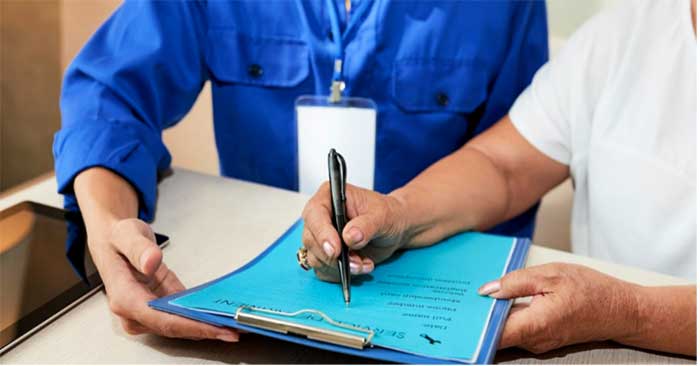
AOB fraud, Hurricane Irma, and reinsurance costs have all contributed to rising homeowner insurance rates for Floridians. However, there has been some reform, especially regarding AOB scams.
In May 2019, Florida Governor Ron DeSantis signed House Bill 7065: Insurance Assignment Agreements, which addressed AOB abuse. The reform bill aimed to curb AOB fraud which has resulted in rising insurance costs for Floridians. (Download our quick guide on how to avoid falling victim to AOB fraud and abuse).
“I thank the Florida Legislature for passing meaningful AOB reform, which has become a racket in recent years,” DeSantis said. “This legislation will protect Florida consumers from predatory insurance practices.”
While reforms for Florida’s AOB crisis helps address some of the costs, there will always be hurricane-related losses, especially since homeowners have three years from the date a hurricane makes landfall to file for loss or damages. And that means demands for rate increases from reinsurers aren’t likely to drop anytime soon, forcing insurance companies to increase premiums for homeowners.
